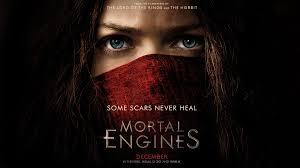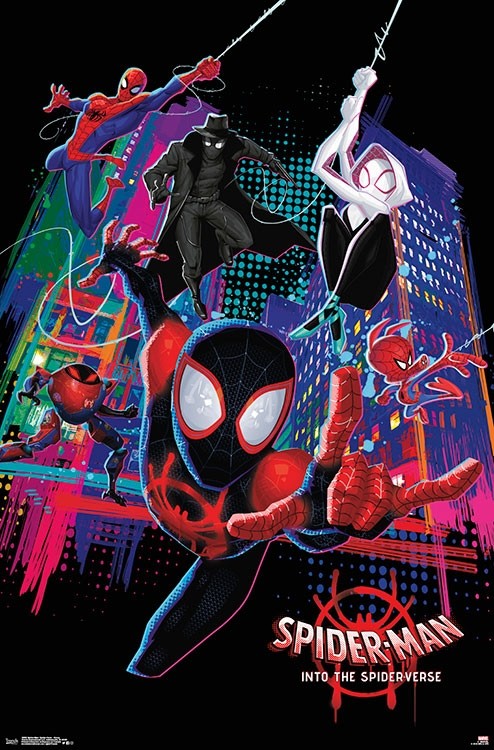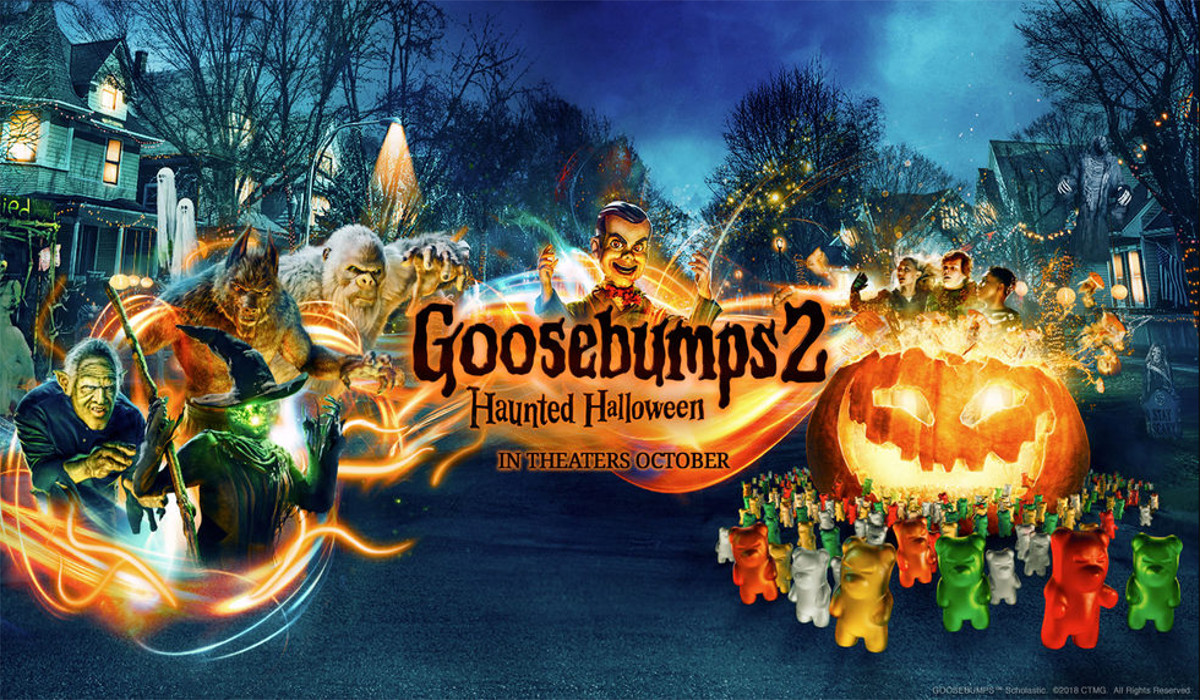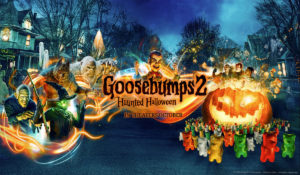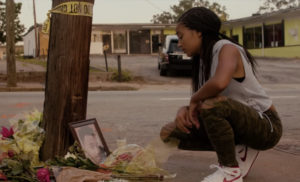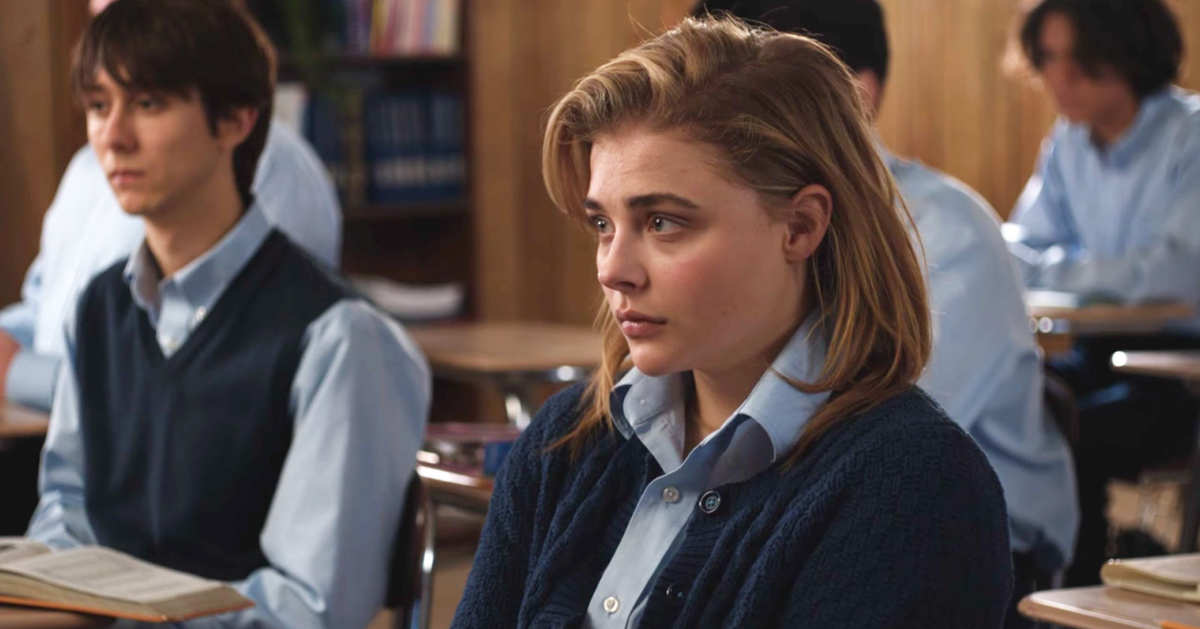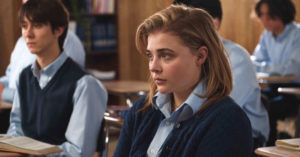Mortal Engines
Posted on December 13, 2018 at 5:37 pm
B-| Lowest Recommended Age: | High School |
| MPAA Rating: | Rated PG-13 for sequences of futuristic violence and action |
| Profanity: | Some mild language |
| Alcohol/ Drugs: | None |
| Violence/ Scariness: | Extended and intense fantasy/action peril and violence, bombs, explosions, knives, many characters injured and killed including parents, some grisly images |
| Diversity Issues: | Diverse characters |
| Date Released to Theaters: | December 14, 2018 |
| Date Released to DVD: | March 11, 2019 |
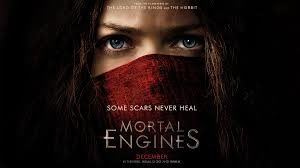
We’re informed at the beginning that it took just an hour to destroy life as we know it, literally, geographically remaking the map of the world, with super-weapons that shattered the surface of the planet. Humanity has reverted to survival of the fittest, which means that there is only a very thin veneer of any kind of social structure beyond “might makes right.” London is might, and in the opening scene we see the London literal ship of state take over a smaller city/vehicle absorbing its resources, including its residents, who are “welcomed” by being turned into slave labor.
That thin veneer includes some superficial trappings of the civilization that preceded it, including “historians” who operate a “museum,” where they try to parse the meaning of the shards of 21st century life, especially the technology as it appears written records did not survive. But we will learn that the real reason for this supposed interest in the past is to get access to the very same weapons that caused the disaster. Santayana said that those who do not study history are condemned to repeat it. In this case, the only history that is studied is by those who intend to repeat it.
The real star of the film is production designer Dan Hennah. The machinery is wonderfully intricate and detailed. The settings are so gorgeously done that they just point up the under-imagined quality of the script, which is basically: A rebel girl with a scar on her face (Hera Hilmar as Hester Shaw) and a “historian” from the museum (Robert Sheehan as Tom Natsworthy) are on the run from the evil Thaddeus Valentine (Hugo Weaving), who killed Hester’s mother and tried to kill Tom. He is the one whose interest in the museum’s artifacts was just a cover for tracking down all the missing pieces to reconstruct the big blaster, but he has a nice blonde daughter named Katherine (Leila George) who gets to find out that her father has been lying to her about pretty much everything. Hester and Tom are also on the run from a Terminator-type cyborg/zombie who was once a man but is now a single-minded killing machine (Stephen Lang, warming up for “Avatar” sequels or maybe cooling down from them.
Some books are fine as they are. Some are untranslatable to the screen, and some, like this one, should stay between the covers because bringing them to life only shows how lifeless they are.
Parents should know that this movie includes intense and sometimes graphic peril and violence, murder, explosions, knives, guns, bombs, characters injured and killed including parents, and some disturbing images.
Family discussion: Why did Valentine pretend to love history? How were knowledge and ignorance of history both used by different characters?
If you like this, try: “The Maze Runner” and “City of Ember”

